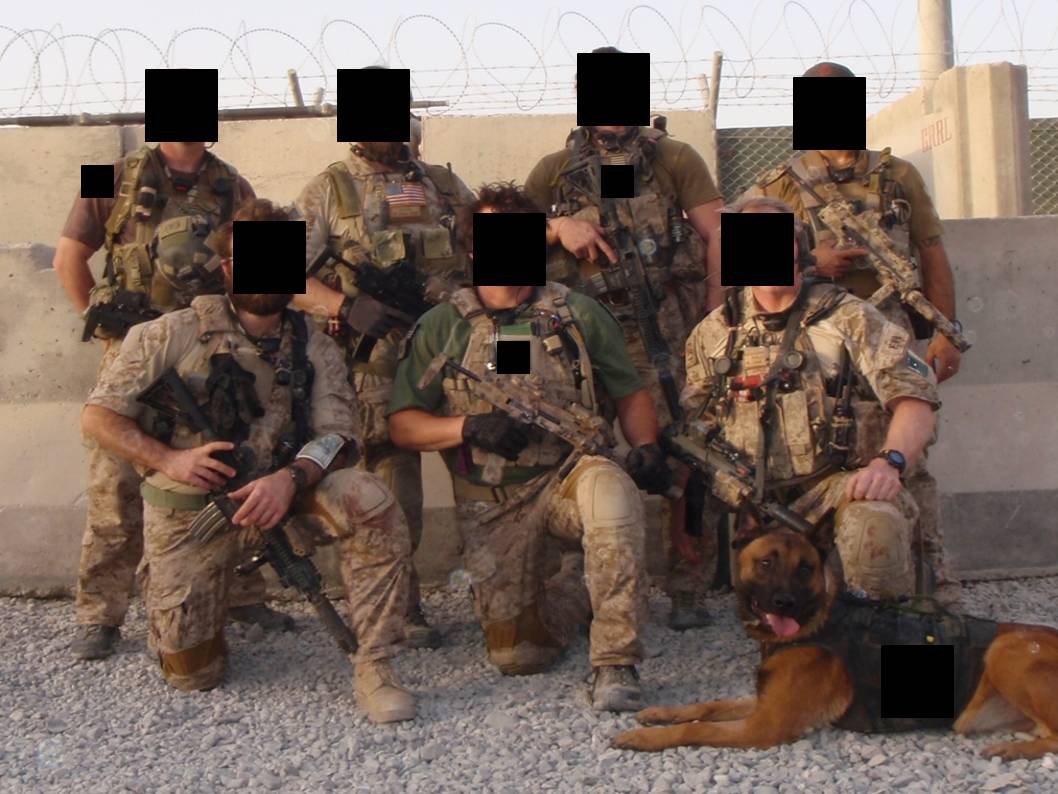
The paradigm of military special operations training poses an ironic problem: the most valuable aspect of special operations assault forces are the assaulters themselves; however, the investigative measures into the physical preparation of these men pale in comparison to those directed towards their technical-tactical training.
If one accepts that the foundation of the hierarchical structure of sports training is constituted by physical preparation then the logistical dynamics of assaulter training are, and have historically been, mismanaged.
Similar to the sports training industry in CONUS, whose physical preparatory measures are by in large still operating under misguided coaching efforts, the successes of our elite fighting forces occurs in spite of insufficient physical preparatory efforts.
While there has been a recent surge of human performance interest in the various branches of the military over the last few years, the pool of candidates from whom the military are drawing from, to physically prepare our fighters, are those who are products of a flawed educational system. It is the same academic curricula and certifying organizations that misguidedly attempt to prepare individuals for careers in the sports training industry whose physical preparatory efforts lack sport physiological merit. Similarly, the semblance of military selection course and operator physical training is ironically dissimilar from what even casual time: motion assessment of mission profiles reveals.
Special Operators are only as valuable to the men next to them as their physical condition allows them to be.
The logistical challenges surrounding their stateside technical-tactical training schedules and trips make it difficult for operators to formulate consistent physical preparatory routines. The typical fallbacks exist as improvised sessions of one or more of the following: running, calisthenics, resistance training, combatives, and elements of Mixed Martial Arts. A collective of means which is no doubt relevant towards their multi-faceted operational challenges; however, similar to Cross-Fit, while the training means are sound and the operators intentions are honest- the execution is far from optimal and more often an exercise in futility.
To add to the scheduling challenges of our nation’s most skilled war fighters, at the Tier 1 level it is not unusual for operators to spend over 300 days a year out of town.
While the job hazards and work schedules of the men in our elite fighting forces pose far greater challenges than those of any professional or Olympic level athlete, from the perspective of constructing a physical preparation program the solution is an organic one: the physical preparation program must work backwards from the most physically stressful/demanding aspects of their stateside training periods, follow the thematic principles of sequentially themed blocks of intelligently structured training, and support the, in their case, technical-tactical/combat biodynamic/bioenergetic structure.
In this way, each unit must prepare for unique physical stressors ranging from: HAHO, HALO, Fast Rope, Caving Ladder, IAD’s, VBSS, CQC, LRP’s, and more; all in various geographical environments. Different units possess different skill sets and mission objectives which demands unique physical preparatory training plans to increase the durability of their bodies and prolong their operational longevity.
While it is irrational to presuppose that an operator, particularly at the Tier 1 level, will be able to adhere to a set schedule of physical preparation for months on end in CONUS (under the current work schedule parameters), it is entirely rational to expect that operator to be able to satisfy the conditions of general and special physical preparatory training leading into their most physically stressful technical-tactical training periods. In this way, the assaulters are assured to follow intelligently planned sequential blocks of training that will serve to optimally prepare them for subsequent tasks.
Thematically, all that needs to be satisfied is that the assaulters do what they can- when they can. The optimization of the training effects of such a plan occurs from them being provided with the understanding of what to do and when; consistent with the training means that correspond to the particular block of training. This type of programming and organizational strategy, while flexible must not be confused with random or spontaneous, subverts the pitfalls associated with the so many failed attempts of operators to institute more rigidly constructed physical training plans into their stateside training.
In the end, as with all facets of sports training, the ultimate solution lies in education in order that assaulters are as self-sufficient as possible in all realms. There’s no question that self-sufficiency is inherent to their technical-tactical abilities; however, taking care of their bodies and prolonging operational longevity are the limiting factors and the resources currently set in place to enhance them are unworthy of their attention.
These concepts are discussed in further detail in my lecture DVD “Military Special Operations: Physical Preparation Concepts” that may be purchased from my website: www.powerdevelopmentinc.com. I am donating all proceeds to: http://www.giveforward.com/thebroncoproject








